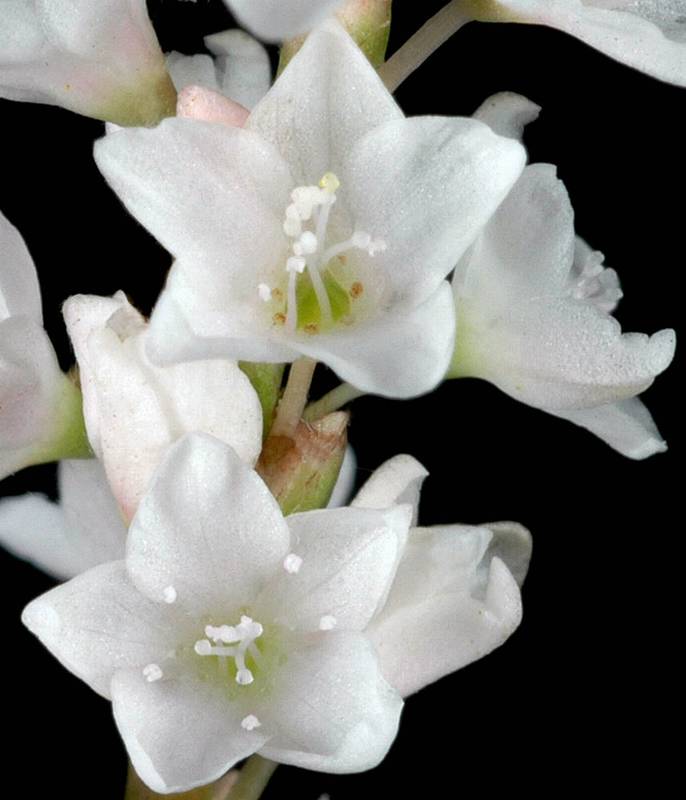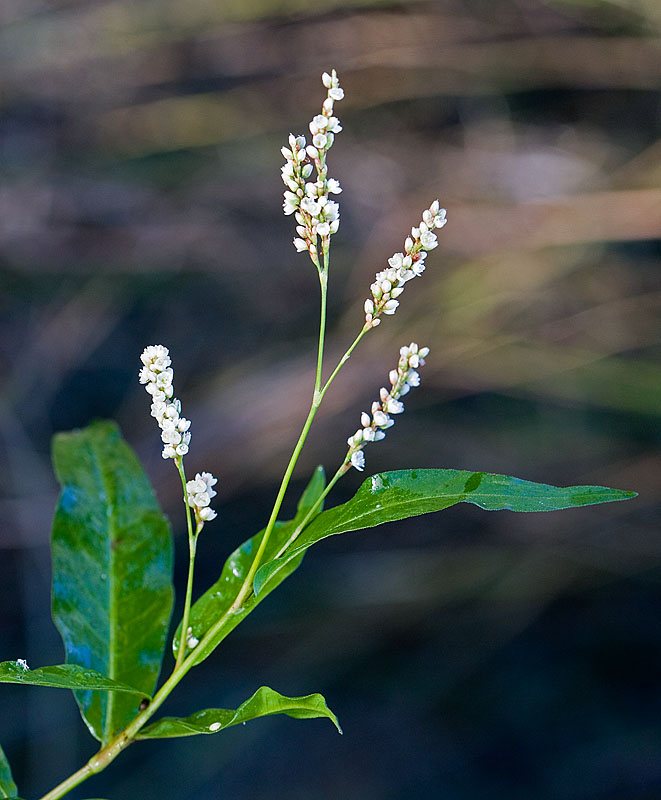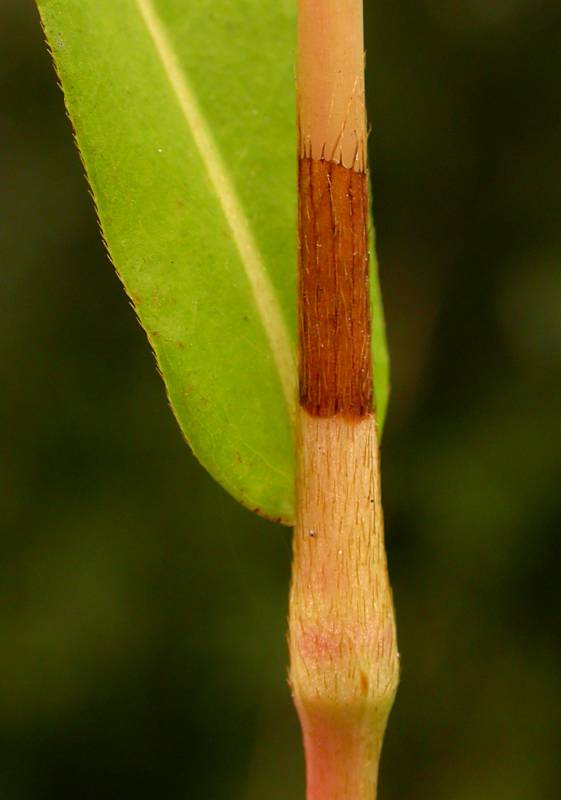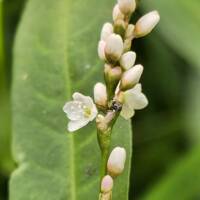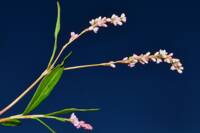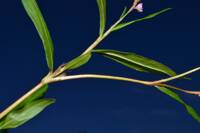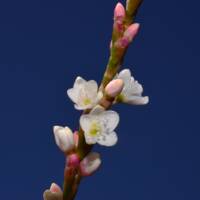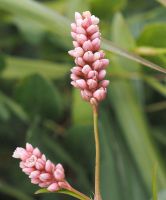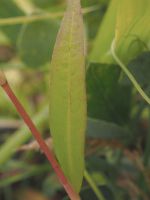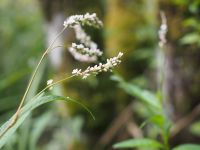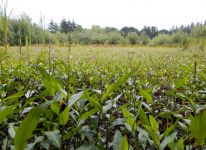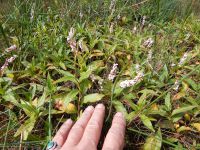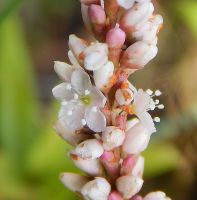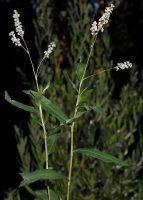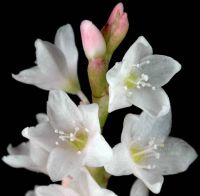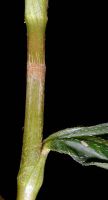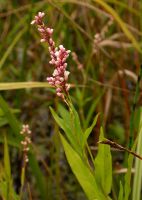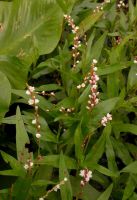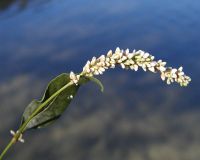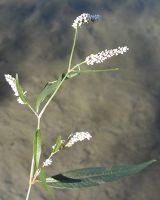Distribution: Occurring chiefly west of the Cascades crest in Washington; British Columbia to Mexico and South America, east across North America to the Atlantic coast.
Habitat: Moist to swampy areas, often growing in mud, from the lowlands to the lower mountain valleys.
Flowers: July-September
Origin: Native
Growth Duration: Perennial
Conservation Status: Not of concern
Pollination: Bees, flies
Herbaceous perennial, up to 1 m. tall, usually decumbent and tending to root freely.
Leaves numerous on short petioles, alternate, scarcely reduced upward, lanceolate to oblong-lanceolate with an acute base, 5-12 cm. long; sheathing stipules 1-2 cm. long with bristly hairs around the top.
Inflorescence of 2 or more spike-like, interrupted racemes; perianth greenish to white or pinkish, 2.5-3 mm. long, 5-lobed half the length, the segments oblong and sub-equal; stamens 8 with short filaments
Achene with three sharp angles, black, smooth and shining, about 3 mm. long.
Publication: Fl. S.E. U.S. 378. 1903.
Persicaria paludicola Small
Polygonum hydropiperoides Michx. [HC, ILBC4, JPM]
Polygonum hydropiperoides Michx. var. adenocalyx (Stanford) Gleason
Polygonum hydropiperoides Michx. var. asperifolium Stanford
Polygonum hydropiperoides Michx. var. breviciliatum Fernald
Polygonum hydropiperoides Michx. var. buschianum Stanford
Polygonum hydropiperoides Michx. var. digitatum Fernald
Polygonum hydropiperoides Michx. var. hydropiperoides [HC]
Polygonum hydropiperoides Michx. var. opelousanum (Riddell ex Small) W. Stone
Polygonum hydropiperoides Michx. var. psilostachyum H. St. John
Polygonum opelousanum Riddell ex Small
Polygonum opelousanum Riddell ex Small var. adenocalyx Stanford
PNW Herbaria: Specimen records of Persicaria hydropiperoides in the Consortium of Pacific Northwest Herbaria database
WA Flora Checklist: Persicaria hydropiperoides checklist entry
OregonFlora: Persicaria hydropiperoides information
E-Flora BC: Persicaria hydropiperoides atlas page
CalPhotos: Persicaria hydropiperoides photos

